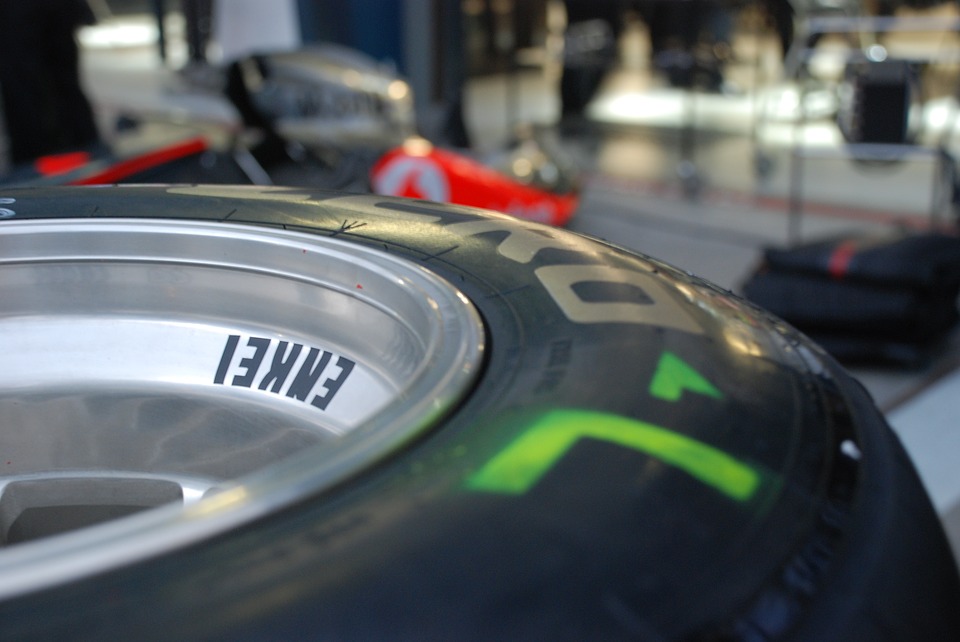How to Read Tire Sizes
21st Aug 2017

Ensuring you have the right tire size is important, both for your own safety as well as the safety of your vehicle. If you the two tires on your vehicle's drive axle are different sizes, it will increase tread wear, lower handling and even increase the risk of skidding when braking. So, how do you know if all your tires are the same size? By looking at their measurements, of course.
Tire Sizes: The Basics
Most automotive tires display their size measurements on the sidewall, typically consisting of both letters and numbers. To the average driver, these numbers may seem random. However, upon breaking them down, you'll notice they indicate specific measurements and other information about the respective tire.
P or LT
The first component of a typical tire measurement size is either P or LT. P stands for passenger car, whereas LT stands for light truck. This is used to indicate the tire's class, with passenger car and light truck being the two predominant classes in which tires are made.
Width
The second component of a tire measurement size is width. After P or LT, there should be a three-digit number indicating the tire's width in millimeters. A tire labeled as PT175/70/R14, for instance, has a width of 175 millimeters.
Aspect Ratio
Following width is the tire's aspect ratio. More specifically, the aspect ratio of a tire is the height of its sidewall. However, it's measured in percentage instead of millimeters. The same example above, for instance, indicates the tire has a 70% aspect ratio -- it covers 75% of the tire's width.
Radial Construction
Some tires also feature an R after the aspect ratio, which indicates it was designed as a radial tire. Basically, this means the tire was designed with fabric cords arranged in a specific radial construction for maximum strength and durability. Radial tires have become the most common and popular type of tire for modern day automobiles.
Wheel Diameter
Finally, the diameter of the wheel for which the tire is designed is found at the end of its size measurement. A PT175/70/R14 tire, for instance, can fit into a wheel with a diameter of 14 inches.
This guide should give you a better understanding of tire measurements. Of course, there are other numbers listed on the sidewall, such as the maximum pounds per square inch (PSI) of pressure the tire supports. With that said, you should inflate your tires based on your automaker's recommendations, not the PSI number listed on the sidewall.

